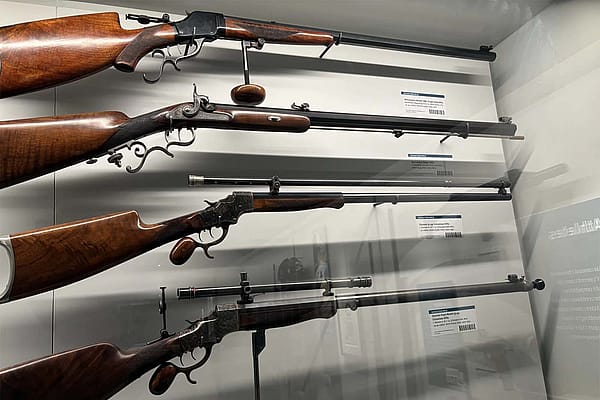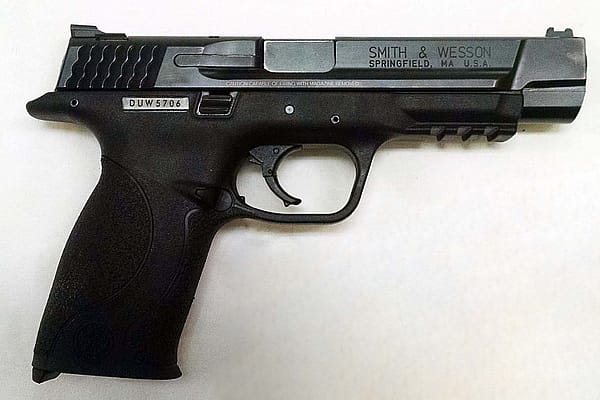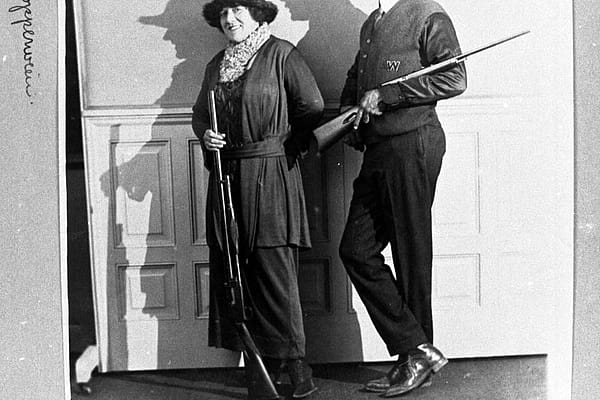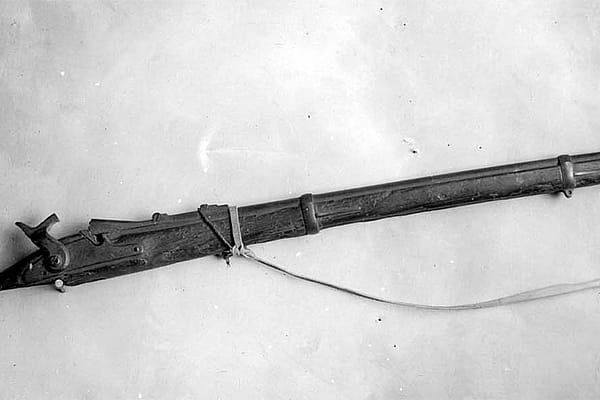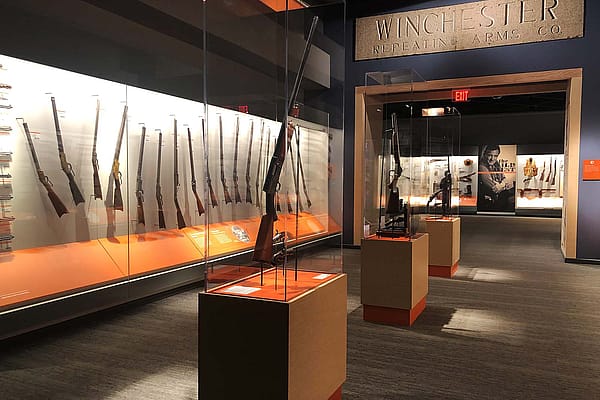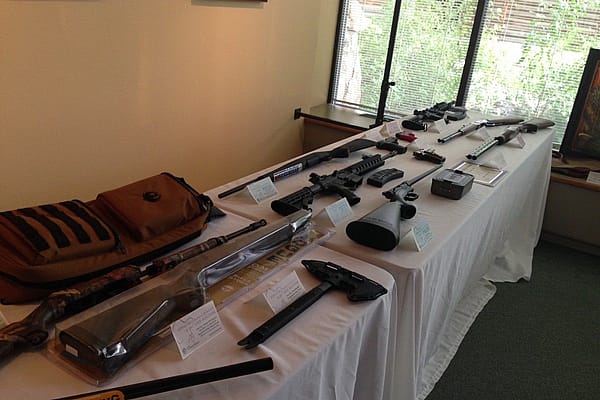
What Are High-Capacity Magazines?
Firearms and “acceptable” magazine capacity is a hotly debated, but also much-misunderstood issue. Here’s a quick look at the technical meaning, facts, and implications of high-capacity magazines. *Disclaimer: It is difficult to find un-biased sources on this issue, so if you’d like to read more from the original source providing the information, click on the blue link.
For a little background, Kyle Wintersteen from Guns & Ammo recently discussed how “magazine vs. clip” is a common firearm terminology mistake. He writes, “A magazine holds shells under spring pressure in preparation for feeding into the firearm’’ chamber…Some are fixed to the firearm while others are removable… Clips hold cartridges in the correct sequence for “charging” a specific firearm’s magazine… In essence, clips feed magazines. Magazines feed firearms.” For more information about the etymology of “magazine” and different kinds of clips, check out this post written by Cody Firearms Museum volunteer Beth Shotwell Willey.
Magazine capacity is controversial because it determines the number of rounds a gun can fire before reloading. The general working definition of “high capacity” is holding more than 10 rounds, based on government decisions. The Federal Assault Weapons Ban (restrictions which remained in place from 1994 to 2004) included a ban on new firearms with magazines over 10 rounds. A 2013 failed attempt to renew some of those laws also pushed to criminalize magazines over 10 rounds. Several states—including Connecticut, Maryland, California, New York, and Colorado—outlaw high-capacity magazines.
This is where the arguments get very controversial. On one end of the spectrum, lawmakers argue that if the U.S. did have a nationwide limit on magazine capacity, shooters would be slowed down by reloading, reducing the number of victims in mass shootings.

However, those on the other end of the argument claim that statistically, the availability of high-capacity magazines doesn’t lead to higher crime rates. The National Shooting Sports Foundation states, “According to studies by the Centers for Disease Control (CDC) and the Urban Institute, the Assault Weapons Ban, which restricted magazine capacity, did not reduce crime rates.” They also assert that a ban would infringe on the rights of law-abiding sport shooters.
This issue is complex because of many factors involved, but as an aspiring historian interning at the Cody Firearms Museum, I would like to provide basic context to understand the historical evolution of high-capacity magazines. Many repeating firearms hold multiple rounds of ammunition, in magazines. In 1854, Horace Smith and Daniel B. Wesson of Massachusetts acquired Patent No. 10535 “for a pistol with a tubular magazine under the barrel,” the first lever action type firearm. The Cody Firearms Museum displays a model of the same Smith & Wesson Magazine Lever Action Patent firearm in Journeying West: Distinctive Firearms from the Smithsonian, a loan from the Smithsonian’s National Firearms Collection. This patent was very important in the history of repeating firearms.
Smith & Wesson eventually sold patents to the Volcanic Repeating Arms Company, which produced the Volcanic repeating rifle, capable of firing 30 shots in less than one minute. Volcanic became the New Haven Arms Company, which obtained a patent in 1860 for the Henry rifle, another historically significant repeater. Christopher Spencer acquired his own patent that same year, for the Spencer repeating rifle that had a 9-round capacity magazine. President Abraham Lincoln tested the Spencer himself, and called for its use in the military. The Evans is an interesting, but less-known repeating rifle. Among antique firearms, the Evans has the greatest capacity of any repeating rifle ever mass produced and marketed in the U.S.—the Old and Transition Models had 34-shot capacity, and the New Model could fire up to 28 rounds. In general, repeating rifles gained in popularity in the mid-nineteenth century, and the Winchester Model 1866 is arguably the most famous repeating rifle to emerge from that era.

While Lincoln’s endorsement of the Spencer gave repeating rifles more legitimacy, the U.S. government did not issue repeaters with high-capacity magazines to all its soldiers during the Civil War. For example, Flayderman reports that only 1,731 units of the well-respected Henry rifles (15-shot repeating firearm) were acquired by the U.S. government between 1862 and 1865. Still, it is important to note that many Union troops—from Kentucky, Illinois, Indiana, and Missouri—purchased Henrys on their own dime because they thought those guns would make them more effective and well-protected soldiers.
Such weaponry with high-capacity magazines allowed troops in combat to act quicker, without having to reload. Yet soldiers are not the only ones who favor these magazines. American civilians began to favor them to train for sport-shooting or hunting, because they could also shoot quicker without reloading. Still today, the utility of those magazines is defended by millions of law-abiding recreational shooters. Yet their use in some crimes makes others uncomfortable. This difference of opinion leads to the present tense debate. If the 2013 attempt to ban high-capacity magazines is any indication, both sides of this argument will continue to advocate for the forseeable future.
Please check out the Cody Firearms Museum’s Facebook and Twitter pages!
Written By
Ruby Harrington
Ruby is the summer 2014 intern at the Cody Firearms Museum. She recently graduated with her Bachelor of Arts in Political Science from the University of Delaware. As a shooter very interested in American history and a career in museums, she's excited to be out West learning from the Cody staff!
